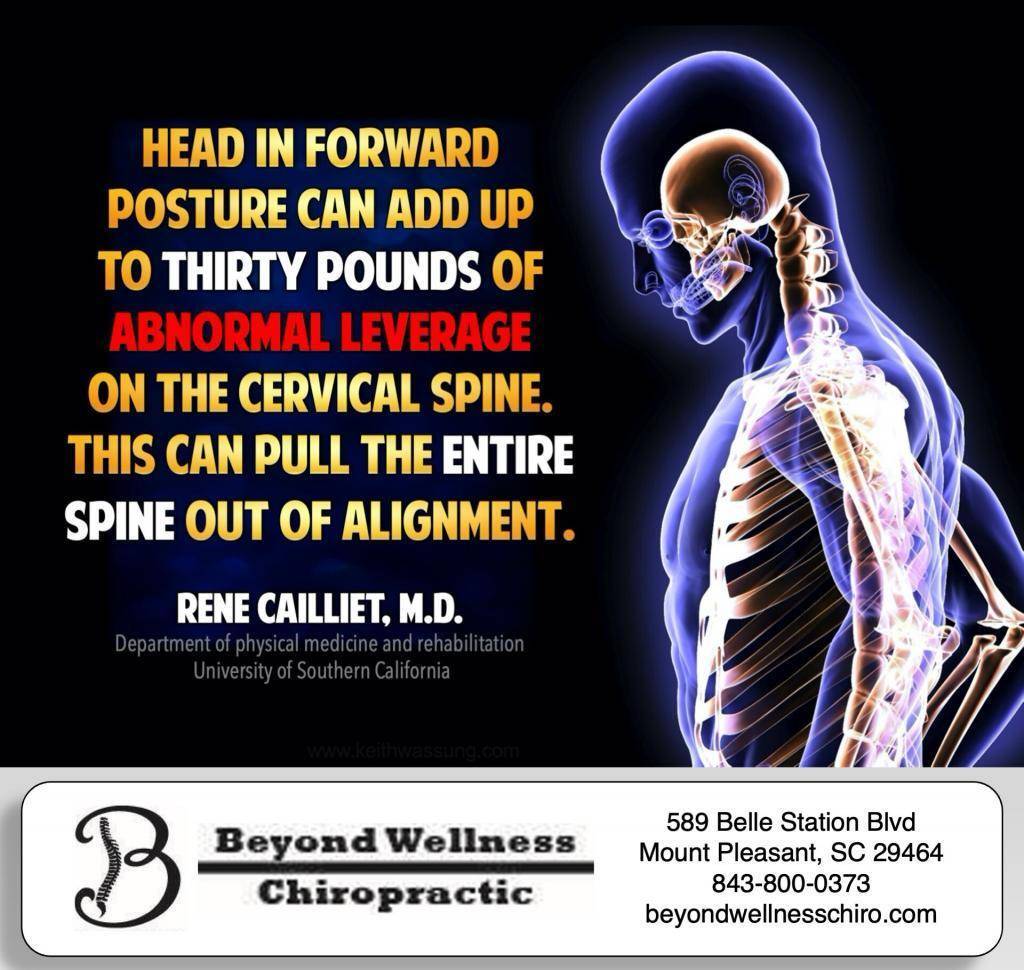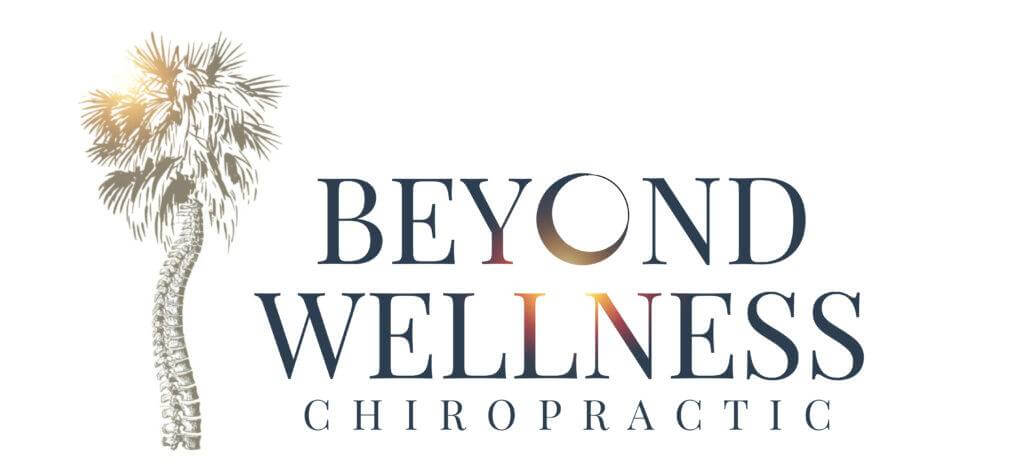Good Posture…just how important is it?
Posture ranks right up at the top of the list when you are talking about good health. It is as important as eating right, exercising, getting a good night’s sleep and avoiding potentially harmful substances like alcohol, drugs and tobacco. Good posture is a way of doing things with more energy, less stress and fatigue. Without good posture, you really can’t be physically fit because Good Posture is Good Health.
Surprised? Well, you’re not alone. The importance of good posture in an overall fitness program is often overlooked by fitness advisers and fitness seekers alike. In fact, the benefits of good posture may be among the best kept secrets of the current fitness movement.
The good news is that most everyone can avoid the problems caused by bad posture…and you can make improvements at any age.

Good Posture is Good Health
We’re a health conscious society today and good posture is a part of it. Because good posture means your bones are properly aligned and your muscles, joints and ligaments can work as nature intended. It means your vital organs are in the right position and can function at peak efficiency. Good posture helps contribute to the normal functioning of the nervous system.
Without good posture, your overall health and total efficiency may be compromised. Because the long-term effects of poor posture can affect bodily systems (such as digestion, elimination, breathing, muscles, joints and ligaments), a person who has poor posture may often be tired or unable to work efficiently or move properly.
Even for younger people, how you carry yourself when working, relaxing or playing can have big effects. Did you know that just fifteen minutes reading or typing when using the wrong positions exhausts the muscles of your neck, shoulders and upper back?
Poor Posture – How Does it Happen?
Often, poor posture develops because of accidents or falls. But bad posture can also develop from environmental factors or bad habits. This means that you have control.
Today, posture-related problems are increasing:
1) As we become a society that watches more television than any previous generation;
2) As we become a more electronic society, with more and more people working at sedentary desk jobs or sitting in front of computer terminals;
3) As more and more cars are crowding our roads, resulting in accidents and injuries;
4) and as we drive in cars with poorly designed seats.
In most cases, poor posture results from a combination of several factors, which can include:
1. Accidents, injuries and falls
2. Poor sleep support (mattress)
3. Excessive weight
4. Visual or emotional difficulties
5. Foot problems or improper shoes
6. Weak muscles, muscle imbalance
7. Careless sitting, standing, sleeping habits
8. Negative self image
9. Occupational stress
10. Poorly designed work spac
Poor Posture & Pain
A lifetime of poor posture can start a progression of symptoms in the average adult. It can start with…
Fatigue – your muscles have to work hard just to hold you up if you have poor posture. You waste energy just moving, leaving you without the extra energy you need to feel good.
Tight, achy muscles in the neck, back, arms and legs – by this stage, there may be a change in your muscles and ligaments and you may have a stiff, tight painful feeling. More than 80% of the neck and back problems are the result of tight, achy muscles brought on by years of bad posture.
Joint stiffness and pain – at risk for “wear and tear” arthritis, or what is termed degenerative osteoarthritis. Poor posture and limited mobility increase the likelihood of this condition in later years.
Here is a link to a Harvard.edu article also outlining the risks and problems of poor posture.
Self-Test for Posture Problems
The Wall Test – Stand with the back of your head touching the wall and your heels six inches from the baseboard. With your buttocks touching the wall, check the distance with your hand between your lower back and the wall, and your neck and the wall. If you can get within an inch or two at the low back and two inches at the neck, you are close to having excellent posture. If not, your posture may need professional attention to restore the normal curves of your spine.
The Mirror Test – (Front view) Stand facing a full length mirror and check to see if:
1. Your shoulders are level,
2. your head is straight,
3. the spaces between your arms and sides seem equal
4. your hips are level, your kneecaps face straight ahead
5. your ankles are straight. (Side View) This is much easier to do with the help of another, or by taking a photo.
Check for the following:
1. head is erect, not slumping forward or backwards
2. chin is parallel to the floor, not tilting up or down
3. shoulders are in line with ears, not drooping forward or pulled back
4. stomach is flat
5. knees are straight
6. lower back has a slightly forward curve (not too flat or not curved too much forward, creating a hollow back).
Lifestyle Tips for Lifelong Good Posture
Keep your weight down – excess weight, especially around the middle, pulls on the back, weakening stomach muscles.
Develop a regular program of exercise – regular exercise keeps you flexible and helps tone your muscles to support proper posture.
Buy good bedding – a firm mattress will support the spine and help maintain the same shape as a person with good upright posture.
Pay attention to injuries from bumps, falls and jars – injuries in youth may cause growth abnormalities or postural adaptations to the injury or pain that can show up later in life.
Have your eyes examined – a vision problem can affect the way you carry yourself as well as cause eye strain.
Be conscious of where you work – is your chair high enough to fit your desk? Do you need a footrest to keep pressure off your legs?
Straighten Up and Stay Healthy!
Kids, Parents and Posture
Standing up straight is important for everyone, but at no time is it more crucial to develop the habits of good posture than in childhood. Many adults with chronic back pain can trace the problem to years of bad posture habits or injuries in childhood.
Because they are growing and more active, children may be at even more risk for injury to the back and spine. According to studies, there is a significantly high risk associated with football, trampolining and gymnastics. More than 1/3 of all high school football players sustain some type of injury. As a parent, seek professional help for children in the event of even a minor sports injury. Parents should also be aware that babies who are not strapped into an auto safety seat run the risk of injury and even death in the event of a quick stop or an accident.


Poor posture extracts a high price as you age because it can:
•Limit your range of motion – muscles can be permanently shortened or stretched when a slumped over position becomes your normal position. Muscles and ligaments that have been shortened or stretched no longer function as they should.
•Increase discomfort and pain – it can often cause headaches and pain in the shoulders, arms, hands and around the eyes resulting from a forward-head position. Rounded shoulders can trigger the headaches at the base of your skull where the shoulder muscles attach.
•Create pain in the jaw – a forward-head position can lead to jaw pain. This kind of pain (known as TMJ, temporomandibular joint disease) was once considered only a dental problem. Today we know that TMJ pain also may be caused or aggravated by faulty posture.
•Decrease lung capacity – reducing the amount of oxygen in your body can decrease the space in your chest cavity, restricting efficient functioning of your lungs.
•Cause low back pain – one of the most common consequences of bad posture. For people over 35, low back pain is often interpreted as a sure sign of age, although it may have been developing since childhood.
•Cause nerve interference – your spine is the basis of posture. If your posture is bad, your spine can be misaligned. Spinal misalignments may cause interference in nerve function.
•Affect proper bowel function – even this important bodily task may be affected by faulty posture. If you have a rounded shoulder, head-forward posture, it may affect your bowels. If your spine arches and sways forward, your intestines may sag and cause constipation.
•Make you look older than you are – when you are slumped over, or hunched over, not standing straight, you can add years to your appearance. For women, the more rounded the shoulders, the more breasts may sag. Any woman, no matter what her age, can help reduce the sag in her breasts by nearly 50% by simply standing tall.
Improving your posture
When standing – hold your head high, chin firmly forward, shoulders back, chest out, and stomach tucked in to increase your balance. If you stand all day in a job like a cashier or clerk, rest one foot on a stool or take breaks to get off your feet for a while.
When sitting – use a chair with firm low back support. Keep desk or table top elbow high, adjust the chair or use a footrest to keep pressure off the back of the legs, and keep your knees a little higher than your hips. Get up and stretch frequently–every hour if you sit for long periods of time. Do not sit on a fat wallet; it can cause hip imbalance!
When working on a computer – take a one or two minute task break every 20 minutes when you work at a computer screen. Keep the screen 15 degrees below eye level. Place reference materials on a copy stand even with and close to the terminal.
When sitting in the car – adjust the seat forward so your knees are higher than your hips. Put a small pillow or cushion in the small of your back.
When sleeping – sleep on your side with your knees bent and head supported by a pillow, to make your head level with your spine. Or, sleep on your back, avoiding thick pillows under your head. Use a small pillow under your neck instead. Don’t sleep on your stomach.
When lifting – let your legs do the work in order to prevent injury to your low back. Stand close to the object, then where possible squat down and straddle it. Grasp the object, and slowly lift the load by straightening your legs as you stand up. Carry the object close to your body.
When bending – never twist from the waist and bend forward at the same time. To lift or reach something on the floor, bend the knees while keeping the back straight.
If you follow these practices, but still feel discomfort and pain related to specific activities, visit our office periodically for spinal checkups and for a postural evaluation for yourself and for your children.
We often work with posture related issues and have helped too many people to count with not only their posture, but also the problems that poor posture creates. We would be more than happy to sit with you and discuss your issues. Click this link to schedule an appointment and learn more about how we can help.

